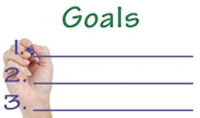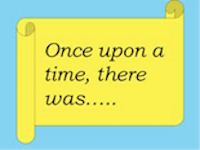Is Your Message Clear?

I am discouraged by the fundamentals that underlie usage of obscure communications in business.
WWWHHHHAAATTT?
Yeah, that sentence is a perfect example of an obscure message.
The clear message? I’m sad that so many business people are more concerned with sounding intellectual than they are with communicating clearly.
Simplicity is the name of the game in getting your message across, and in the end, it’s not what you say that matters. What your customer, client, prospect, or employee hears is the critical factor.
Five Guidelines for Clear Messaging:
- Avoid words that require a dictionary for interpretation. Few people will bother to look them up.
- Use short sentences. Try to keep each sentence under 20 words. Break longer thoughts into multiple sentences.
- Make your message relevant. If what you say doesn’t matter to your intended audience, you will not be heard.
- Find a clear, concise message and stick with it.
- Do not assume your reader thinks and believes as you do.
In the end, language is a tool used to inform and enlighten. The simple choice between one word and another really does make a difference in how your message is understood.
As Dr. Frank Luntz says in his book Words that Work, we need to make people the center of our communication, not the target.

 1) Focus on the Goal of your Blog. Is your intent simply to keep your name Top of Mind with your customers and prospects? Are you focused on Lead Generation, website traffic, or building your reputation as an information hub?
1) Focus on the Goal of your Blog. Is your intent simply to keep your name Top of Mind with your customers and prospects? Are you focused on Lead Generation, website traffic, or building your reputation as an information hub? 2) Remember What Drew You to Your Industry. Way back when, on the day you started your company or made the decision to take a job in your current industry, you were excited about it. There was something that thrilled you, that satisfied you beyond just the paycheck. What was it? What emotion did it trigger? Find that energy again, and write from that place. It might be helpful to create a list of the reasons you started and the dreams you had about your career.
2) Remember What Drew You to Your Industry. Way back when, on the day you started your company or made the decision to take a job in your current industry, you were excited about it. There was something that thrilled you, that satisfied you beyond just the paycheck. What was it? What emotion did it trigger? Find that energy again, and write from that place. It might be helpful to create a list of the reasons you started and the dreams you had about your career. 3) Tell stories. Stories pull the reader into an experience, and the more they see themselves in that experience, the more willing they will be to keep reading and remember you when they need your product or service.
3) Tell stories. Stories pull the reader into an experience, and the more they see themselves in that experience, the more willing they will be to keep reading and remember you when they need your product or service. The visual side of your blog is important, too. Here are 5 Tips for Beautiful Blogs:
The visual side of your blog is important, too. Here are 5 Tips for Beautiful Blogs: